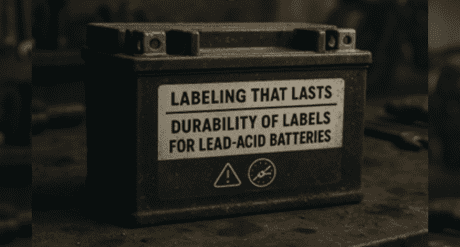
Kenyan Communications Authority: Revised Mobile Device Guidelines

 The Communications Authority of Kenya (CA) is the regulatory authority for the ICT industry in Kenya with responsibilities in telecommunications, e-commerce, cyber security, broadcasting and postal/courier services. CA is also responsible for managing the country’s numbering and frequency spectrum resources as well as safeguarding the interests of users of ICT services.
The Communications Authority of Kenya (CA) is the regulatory authority for the ICT industry in Kenya with responsibilities in telecommunications, e-commerce, cyber security, broadcasting and postal/courier services. CA is also responsible for managing the country’s numbering and frequency spectrum resources as well as safeguarding the interests of users of ICT services.
Pursuant to Section 23 of the Kenya Information and Communications Act 1998, the CA is charged with ensuring consumers are protected from substandard ICT apparatus. In this regard, the Authority released guidelines on the features and technical specifications for mobile cellular devices to be sold in Kenya in May 2018. The CA recently issued a newer version of the Guidelines.
The only apparent difference between the May and June versions is that the May version requires test reports submitted in the Type Approval process as evidence of conformance to these Guidelines to be from a test laboratory accredited under the International Laboratory Accreditation Cooperation (ILAC) in accordance with ISO/IEC 17011 whilst the June version requires the test reports to be obtained from a test laboratory accredited in accordance with ISO/IEC 17025. Apart from the foregoing, no other visible differences appear to exist between the two versions, although further clarification has been sought directly from the CA.
The Guidelines define the minimum features and technical specifications that mobile cellular devices imported into and distributed in Kenya which must meet with the type approval requirements as set out in Annex 1.
The devices covered are the same as before and include inter alia:
- handheld (both smartphone and feature phones),
- portable,
- vehicle-mounted,
- RF interface cards and
- modems capable of connecting to the public mobile cellular communications networks which employ certain specified technology.
The Guidelines also contain the same general requirements:
- A physical / electronic user manual must accompany every imported / distributed mobile cellular device in Kenya.
- Only licenced telecommunications vendors are authorized to import or distribute the devices.
- Telecommunications vendors must provide a one year warranty at a minimum and ensure the availability of aftersales support for a further two years for each device sold.
- Test reports submitted in the Type Approval process as evidence of conformance to these Guidelines must be from a test laboratory accredited under the International Laboratory Accreditation Cooperation (ILAC) in accordance with ISO/IEC 17011.
Various labeling and conformity requirements are also set out which include:
- Manufacturer’s brand/identification mark and model/type must be visibly and legibly printed on the device.
- Devices must have a unique International Mobile Station Equipment Identity (IMEI) assigned by GSMA.
- Devices must comply with IMEI security requirements of digital cellular telecommunications system (Phase 2+); mobile station (MS) conformance specification; Part 1: conformance specification (3GPP TS 51.010-1).
Other requirements mandated in the Guidelines consist of:
- External Features: Devices must be equipped with a wired or wireless earpiece facility with an alphanumeric keypad.
- Battery and Power Requirements: Batteries must offer at least 8 hours talk-time and 24 hours standby time and must be fitted with a suitable power supply cord and mains plug that meets the standards established by the regulatory body in charge of electricity in Kenya.
- Radiation Safety, SAR and Health: Devices must comply with certain specified radiation safety standards and any other standard adopted internationally on radiation safety.
- Technical requirements: Devices must comply with the specified requirements relating to operating frequencies and radio interfaces.
If you would like to find out how you can stay on top of regulatory issues related to IOT regulations like wireless, Talk to Us today!








